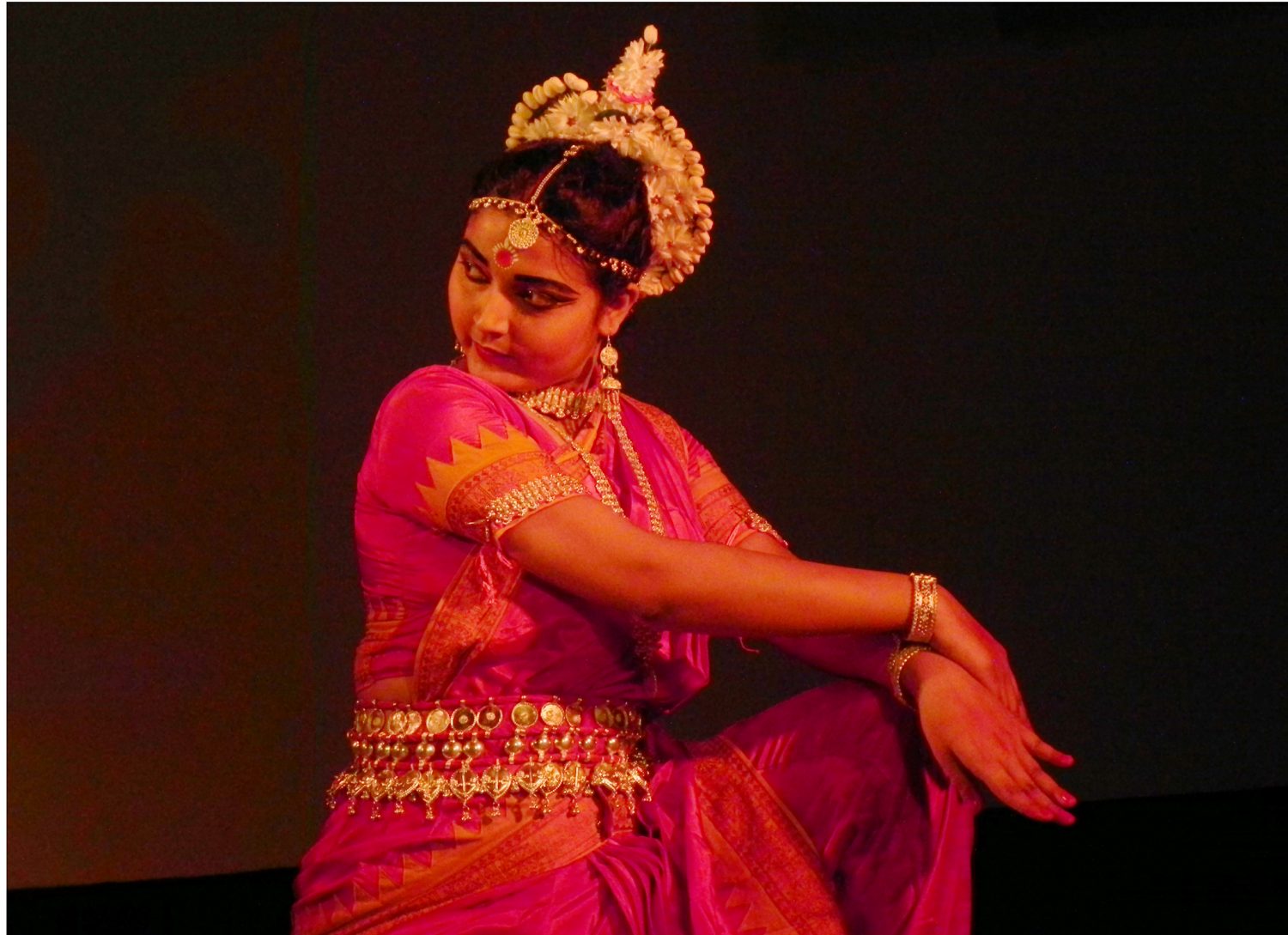Since the #MeToo movement gained momentum, men from all kinds of professions have been exposed of sexual harassment and misconduct. Ballet has not been an exception to this rule. Alexandra Westbury’s allegations of sexual misconduct against her male co-dancers blew the issue wide open. She brought to light how male co-dancers and instructors often objectified female dancers’ bodies.
Ellen O’Connell Whittet’s, in her piece, Is There Such A Thing As Ballet That Doesn’t Hurt Women? in BuzzFeed, talks at length about the reasons behind the inappropriate touching and that women have to endure during training. Quite often the inappropriateness of the physical contacts would go unnoticed by the victims due to the latter’s age.
The devaluing of women’s bodes begin at a very early age, when the girls are not yet aware of the fact that they have been characterised as an object, with a commodity value, that can be easily bought and sold.
Ellen narrates the story of Hope Fisher : “dance major at the University of California, Irvine, when something happened to her during a ballet class that she now feels crossed a line. “A male teacher put his hand on my hip in order to keep it down,” she wrote in an email, “then put my leg on his shoulder in à la seconde [leg to the side] and proceeded to walk closer to me in order for my hip to stay down and leg to go higher. At the end of that adjustment we were practically hip to crotch as I was nearly in a split with my foot on his shoulder.” She said it didn’t register at the time as anything other than a necessary adjustment, because of “the notion that [her] body is not [her] own in that space.” She added, “As a dancer I am always asking, ‘What do you want? What do you want me to do? How do you want me to do it?’ Almost never do I ask myself what feels good to me.”
“Just being in the ballet studio, she said, it is assumed that you can be adjusted at any point by a teacher, choreographer, or partner. Personal boundaries are crossed through persuasion or physical adjustment, without asking the dancer to check in with her own comfort and ability. It’s simply not part of the equation; if a dancer can’t keep up, there is always someone willing to take her place.”
In the light of people being there to take their place in the group, ballet dancers often hide their injuries, or try to down play them. This leads to severe health issues later in life, which may cause the dancers to permanently lose their mobility. Ballet dancers are well known to starve themselves to stay in form.
